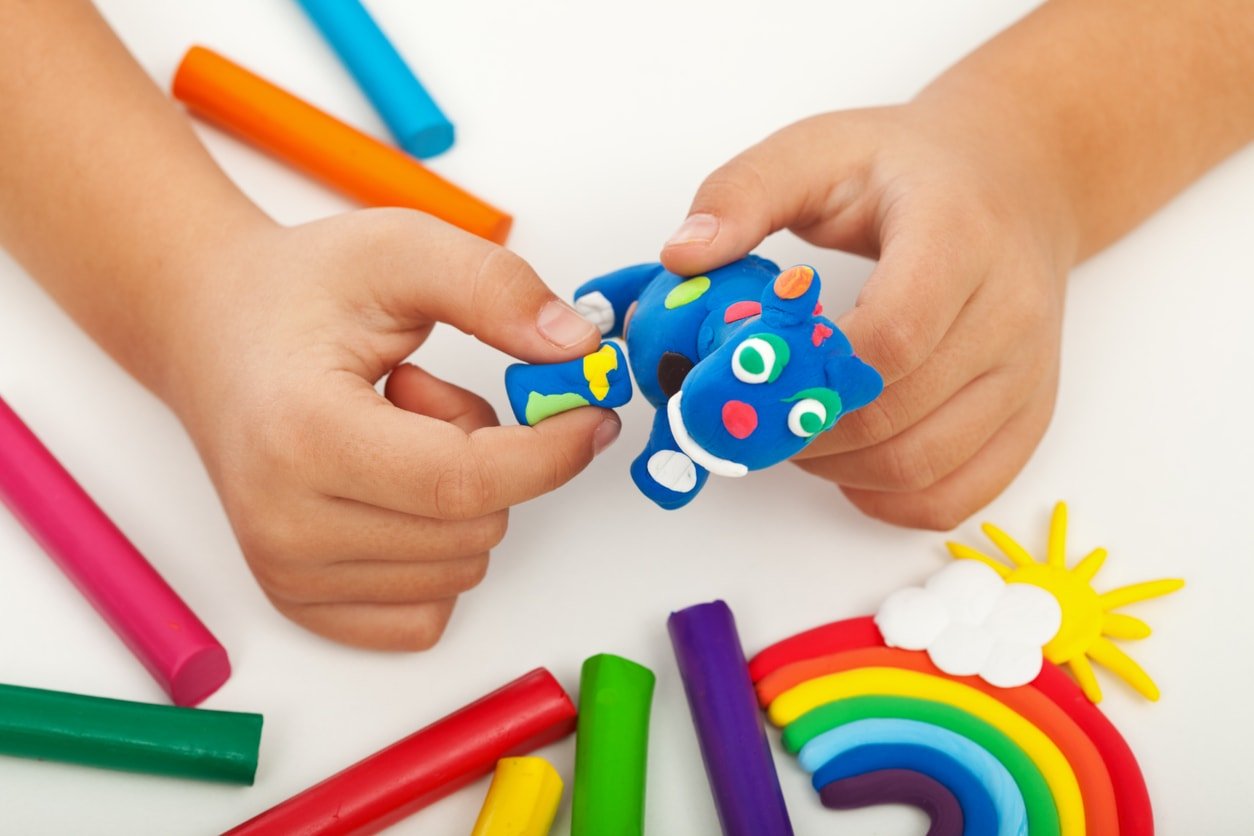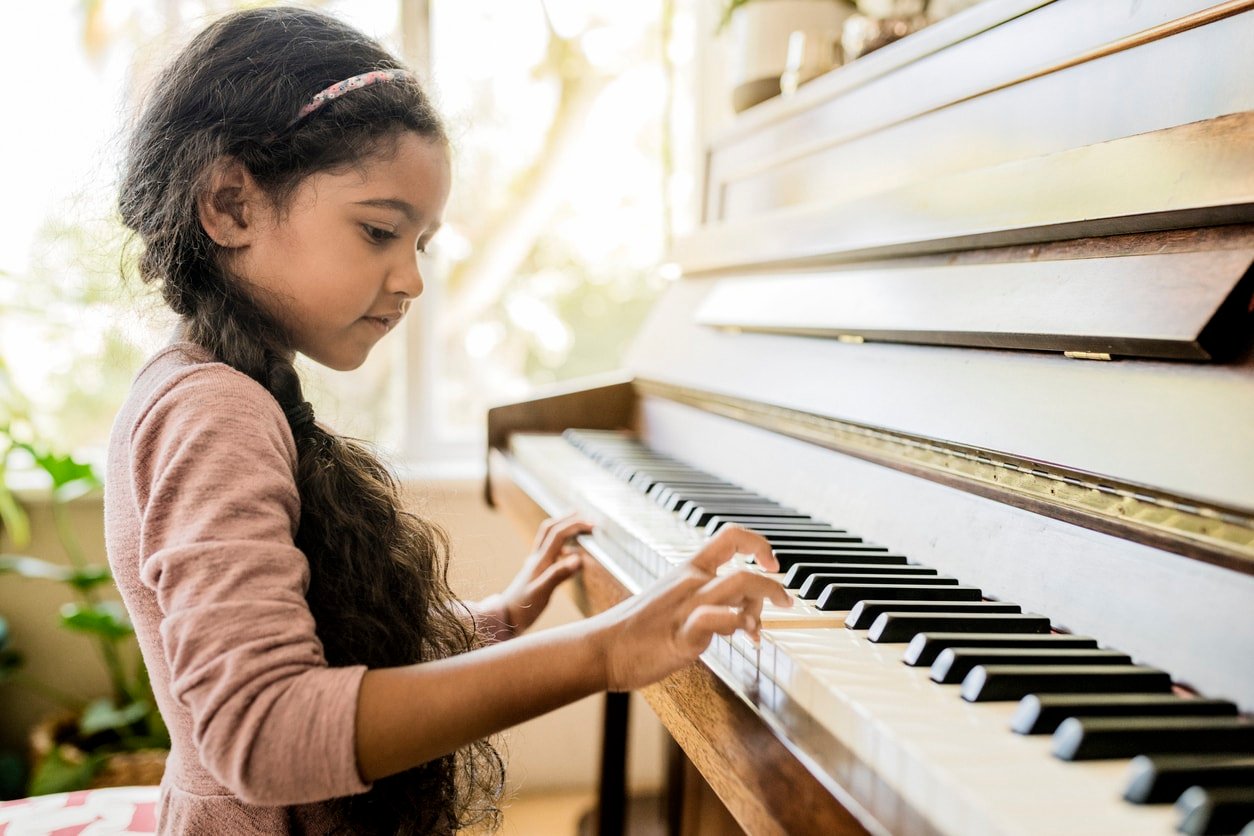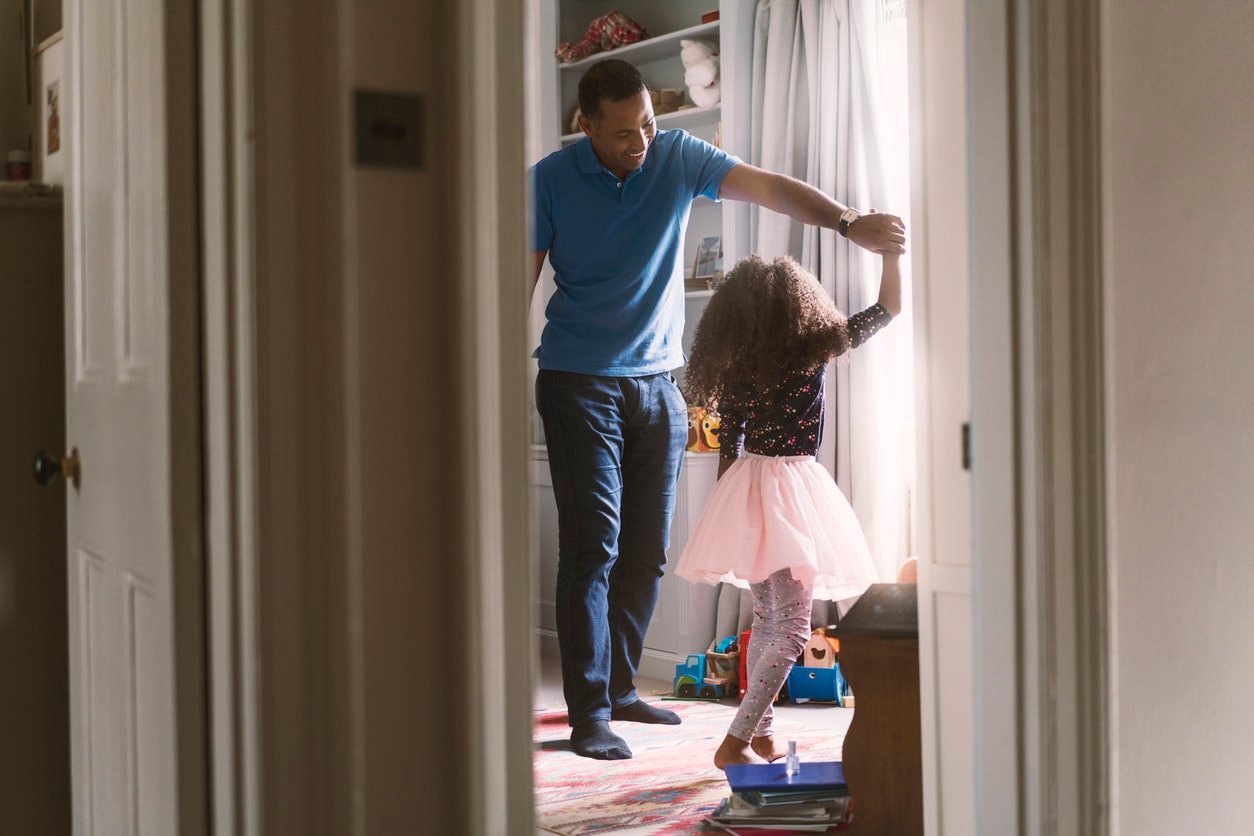
Art, at its core, is a subjective, individual experience. And integrating art and creativity in learning can encompass many disciplines — painting, sculpture, graphic design, photography, music, and dance. Exposing your child to many art forms is essential when discussing art and creativity. That way, they learn new skills and discover what may or may not claim their passion and curiosity.
Crafting often comes to mind when we think of young children and art. Rather than investing in art kits or coloring books, you could try process art. Process art involves engaging with materials and tapping into creativity instead of focusing on the result. It is an excellent way to integrate art and creativity into learning because children can follow simple instructions, manage frustration, express themselves, and use motor skills, among other things.1
How Can We Integrate Art and Creativity in Learning?
Books such as “Art Workshop for Children” and “Play, Make, Create, a Process-Art Handbook” have some great ideas to help get you started to integrate art and creativity in learning. Look around your house and grab various materials like cardboard, newspaper, tissue paper, cooking string, crayons, glue, stickers, and scissors — and lay them out on the table. Then, have your children sit at the table and watch their imaginations take off.
Don’t tell them what they will make; lead them with suggestions or tell them how to use the materials. Just sit back and see what they create.
Sculpture Art

For sculpture or 3D art, there are many options. You can give preschoolers Play-Doh or Model Magic and see what they create. Or if you’re outside, some good simple mud will do. For older children, you can introduce clay, like Sculpey.
Musical Art

To cultivate the art of music, start by focusing on different sounds and sound comparisons. For example, when you drop a big rock into the water, it makes a deep sound, but when you drop a small rock into the water, it makes a higher sound. When you take a metal pot and tap it with a wooden spoon, how does the sound differ from when you use a metal spoon? You can also play various genres of music like classical and jazz as well as pop and rock. Talk to your children about how each song or genre makes them feel, what they picture when they listen, and even what instruments they might hear.
Movement Art and Dance

For movement art and dance, you can show kids how different music can make your body move differently. How does your body move to Beethoven versus how your body moves when a rock song is played? Or give your kids movement prompts such as, “Move your body like rain” and “Move your body like a snake.” Showing them self-expression through movement can lend itself to many displays of creativity.
Age Considerations for Integrating Art and Creativity in Learning
Creativity can be cultivated at any age. The important thing to remember is to use materials that are age appropriate. For example, don’t introduce scissors for process art until they are old enough to use them appropriately. For music, toddlers don’t need instruments. You can have them tap two blocks together. You can pull out an old digital camera for older children and let them experiment with photography. Remember that art is a form of self-expression. Your child’s artistic endeavors may not always look how you picture them, but it is their way of channeling their creativity. And that is cool, no matter what!
Exploring Art in Everyday Life
Depending on where you live, investigate your local art scene. Take your kids to the local elementary school concert, art gallery, or museum. Make the most of the fantastic creativity already on display in your community. Show your children that art can be chalk drawings in someone’s driveway, a mural on the side of a building, or an oil painting hung on a wall. Art can be music produced by an orchestra, sung by a single person, or the act of beatboxing. Art can be spontaneous dances in the kitchen while preparing dinner, choreographed ballet recitals, or yoga poses in the grass at the park.
Talk about famous artists like Picasso, Georgia O’Keefe, Ansel Adams, Alvin Ailey, Jimi Hendrix, and Mozart. There are great books for early elementary-aged kids that introduce artists and their stories, but there are also biographies that you can read with your older children. Talk about things like what inspired the artist. For older kids, talk to them about what inspires them!
Art is self-expression and creativity and is not one-size-fits-all. Explore art with your child, see what claims their passions, what they are drawn to. The process can be fantastic.
from Baby Chick https://ift.tt/hcHM4f0
via IFTTT


0 Comments
Please ,
Don't enter span link ...